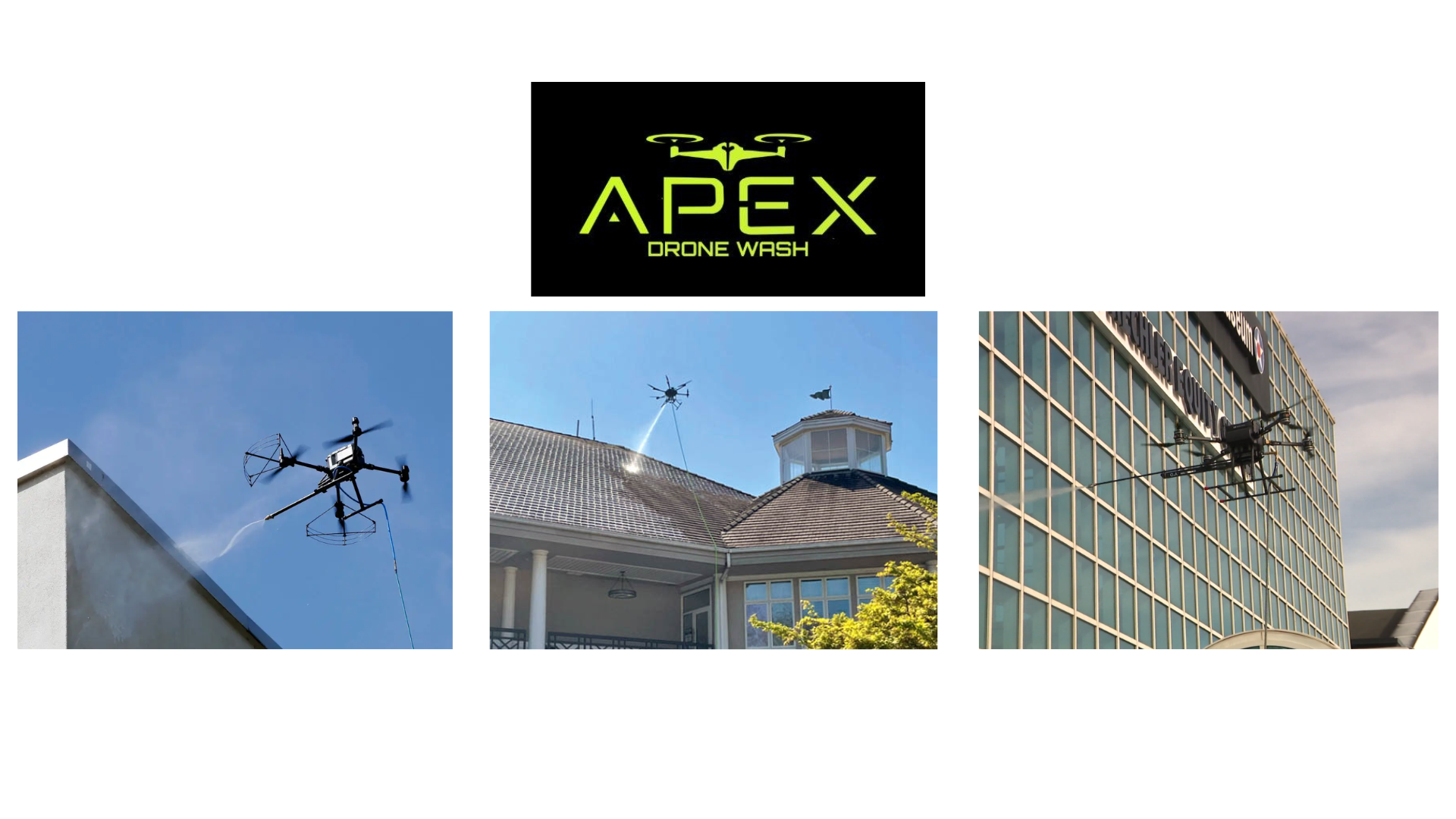The facade cleaning of your building creates the first impression for visitors, clients, and passersby. A clean, well-maintained exterior not only enhances the aesthetic appeal of your property but also preserves its structural integrity and value. At APEX Drone Wash, we understand the challenges property managers and building owners face in maintaining pristine building exteriors. This guide shares professional insights on best practices for keeping your building facade spotless year-round.
Understanding Your Building’s Needs
Every building has unique maintenance requirements based on its construction materials, location, and environmental exposures. Glass skyscrapers in urban centers face different challenges than brick structures in coastal regions or stone buildings near industrial areas.
The first step in effective facade maintenance is assessing your building’s specific needs. Consider factors such as local climate, proximity to pollution sources, surrounding vegetation, and the age of your structure. This understanding will inform your cleaning schedule, methods, and preventative measures.
Creating an Effective Facade Cleaning Schedule
Regular maintenance prevents the buildup of stubborn dirt, biological growth, and pollutants that can damage building materials over time. Rather than waiting for visible soiling to occur, implement a proactive maintenance schedule.
For most commercial buildings, a comprehensive cleaning every 6-12 months is recommended, with more frequent attention to high-traffic areas and entryways. Buildings in areas with heavy pollution, coastal salt exposure, or frequent bird activity may require quarterly cleaning interventions.
Document your cleaning schedule and results, creating a maintenance history that helps identify seasonal patterns and potential problem areas requiring special attention.
Choosing the Right Facade Cleaning Methods
Different facade materials require specific cleaning approaches to prevent damage while achieving optimal results. Modern drone cleaning technology, like that offered by APEX Drone Wash, provides versatile solutions adaptable to various materials.
For glass facades, streak-free cleaning requires purified water and appropriate detergents. Stone and concrete surfaces may benefit from gentle pressure washing with suitable pH-balanced cleaners. Metal cladding often needs specialized solutions that clean without causing oxidation.
The most effective cleaning programs typically combine routine maintenance with periodic deep cleaning. This approach prevents contaminant buildup while addressing seasonal challenges like pollen in spring or salt residue in coastal areas during winter.
Preventative Measures for Longer-Lasting Results
Beyond regular cleaning, implementing preventative measures can extend the time between maintenance sessions and protect your facade’s appearance and integrity.
Consider applying protective coatings appropriate for your building materials. Modern sealants can create hydrophobic barriers on stone, concrete, and brick that repel water, resist staining, and make future cleaning easier. For glass facades, protective treatments can reduce water spotting and mineral deposits.
Proper drainage and runoff management prevent water streaking and the transportation of dirt across your facade. Ensure gutters, downspouts, and drainage systems function properly and direct water away from the building exterior.
Seasonal Considerations for Facade Cleaning
Each season brings unique challenges for building exteriors. Adapting your maintenance approach throughout the year helps address these seasonal factors effectively.
Spring often introduces pollen and seed particles that can accumulate on facades and in crevices. Early summer cleaning removes these deposits before they become embedded in surfaces. Fall maintenance should address leaf debris and prepare surfaces for winter conditions. Winter brings salt, ice, and harsh weather that can damage facades, making post-winter cleaning essential to remove accumulated residues.
In regions with distinct wet and dry seasons, schedule more intensive cleaning at the end of rainy periods when biological growth like algae and mold is more prevalent.
The Role of Professional Assessment
Even with regular maintenance, professional inspections remain invaluable for identifying potential issues before they escalate. Expert assessment can detect early signs of material deterioration, sealant failure, or structural concerns that might be missed during routine cleaning.
Schedule professional facade inspections annually, ideally combining them with cleaning services for efficiency. These assessments should include close examination of joints, sealants, and areas prone to water intrusion. Modern drone technology allows for detailed inspection of difficult-to-access areas without the expense of scaffolding or lifts.
Environmental Considerations
Today’s building maintenance must balance cleanliness with environmental responsibility. Traditional facade cleaning often consumed excessive water and harsh chemicals that impacted surrounding ecosystems. Modern approaches prioritize sustainability without compromising results.
Choose eco-friendly, biodegradable cleaning solutions whenever possible. Precision application methods, like those employed by APEX Drone Wash systems, reduce chemical usage by delivering cleaning agents exactly where needed. Water reclamation systems capture and filter runoff, preventing contaminants from entering storm drains and reducing overall water consumption.
Consider scheduling cleaning operations during times that minimize disruption to building occupants and wildlife, particularly if your property houses or attracts birds or other fauna.
Cost-Effective Facade Cleaning Maintenance Strategies
Building maintenance budgets must balance immediate costs against long-term preservation of asset value. While regular facade cleaning represents an ongoing expense, it prevents more costly restoration or replacement that results from neglect.
Develop a multi-year maintenance plan that accounts for routine cleaning, periodic deep cleaning, and protective treatments. This approach allows for more accurate budgeting while ensuring appropriate care for your building exterior.
Consider the lifetime value of different cleaning approaches. Traditional methods might appear less expensive initially but often require more frequent application and may cause incremental damage to building materials. Advanced techniques like drone cleaning typically deliver better results with less building impact and reduced labor costs over time.
Addressing Common Facade Challenges
Every building faces specific challenges that require targeted solutions. Understanding these common issues helps property managers develop more effective maintenance strategies.
Hard water deposits often plague buildings in areas with mineral-rich water supplies. These can be addressed with specialized descaling solutions and preventative treatments that reduce mineral adhesion.
Atmospheric pollution affects urban buildings, depositing particulate matter that can etch or discolor surfaces over time. Regular cleaning prevents these particles from bonding permanently with facade materials.
Biological growth including algae, lichen, and mold thrives in damp, shaded areas of buildings. Beyond cleaning, addressing moisture sources and applying appropriate inhibitors prevents rapid regrowth.
Bird droppings contain acids that can permanently damage many building materials if left unaddressed. Prompt cleaning combined with humane deterrent systems offers the most effective solution.
Conclusion: The Value of Systematic Facade Maintenance
A systematic approach to facade maintenance delivers benefits beyond mere aesthetics. Well-maintained buildings command higher rents, attract quality tenants, and maintain their value more effectively than neglected properties.
At APEX Drone Wash, we’ve witnessed how regular, professional cleaning extends the lifespan of building materials, postponing costly repairs and renovations. Our drone-based cleaning technology offers an innovative solution that delivers superior results with minimal disruption, reduced environmental impact, and significant cost savings.
Implementing the best practices outlined in this guide will help ensure your building maintains its appearance and structural integrity for years to come. For a customized assessment of your building’s maintenance needs, contact our team of facade cleaning specialists today.
Frequently Asked Questions
How does weather affect facade cleaning operations?
Weather conditions significantly impact both cleaning effectiveness and safety. Ideal conditions include moderate temperatures, low wind, and dry weather. Extreme heat can cause cleaning solutions to dry too quickly, leaving residues and streaks. Cold temperatures may reduce the effectiveness of some cleaning agents. Strong winds create safety hazards for traditional cleaning methods and can cause overspray or uneven application. At APEX Drone Wash, we carefully monitor weather forecasts and schedule operations during optimal conditions to ensure safety and quality results.
Can facade cleaning damage my building?
When performed incorrectly, facade cleaning can indeed damage building materials. Common problems include using excessive pressure that erodes surfaces, applying incompatible chemicals that react with facade materials, and employing abrasive tools that create scratches or wear patterns. Professional services like APEX Drone Wash use material-specific approaches, adjusting pressure, solution chemistry, and application methods based on your building’s specific construction. Our technicians receive extensive training in identifying material types and selecting appropriate cleaning protocols to ensure safety and effectiveness.
What areas of my building facade need the most frequent attention?
Several areas typically require more frequent maintenance than others. Ground-level portions of your facade experience more direct contact with pollutants from vehicles and pedestrians. Areas beneath architectural features that disrupt water flow often develop streaking or staining. North-facing surfaces in northern climates tend to develop more biological growth due to reduced sun exposure. Sections near trees may collect more organic debris and bird droppings. A professional assessment can identify these problem areas on your specific building and establish targeted maintenance for these zones between full-facade cleanings.
How can I tell if my building facade needs cleaning?
Beyond obvious soiling, several indicators suggest your facade needs attention. Uneven discoloration or patchy appearance often indicates biological growth or particulate buildup. Green or black streaking typically signals algae or mold development. White hazy appearances on glass or metal may indicate mineral deposits. Increased water staining after rain suggests that dirt accumulation is affecting how water sheets off your building. Regular inspection with binoculars or a drone survey can help identify these early warning signs before they become visible from ground level or affect material integrity.
Does facade material affect how often cleaning is needed?
Absolutely. Porous materials like concrete, brick, and certain stones absorb contaminants more readily than smooth surfaces like glass or metal, potentially requiring more frequent cleaning. However, glass shows dirt and streaking more visibly, creating aesthetic concerns even with lighter soiling. Dark-colored facades typically show dust and pollution less readily than light-colored surfaces. Your building’s specific materials should inform your maintenance schedule, with different sections potentially requiring different cleaning frequencies based on their composition, finish, and exposure conditions.
What innovations are changing facade maintenance practices?
The facade maintenance industry is experiencing significant technological advancement. Drone-based systems like those used by APEX Drone Wash represent the most transformative innovation, enabling access to difficult areas without scaffolding or rope systems. Advanced imaging technology now allows for detailed facade inspection and documentation, helping identify problems before they become visible to the naked eye. Nano-coatings and self-cleaning surface treatments are reducing maintenance requirements for new and recently restored buildings. Water reclamation and filtration systems are addressing environmental concerns while meeting increasingly strict regulatory requirements. Together, these innovations are making facade maintenance more effective, safer, and more environmentally responsible than traditional approaches.


